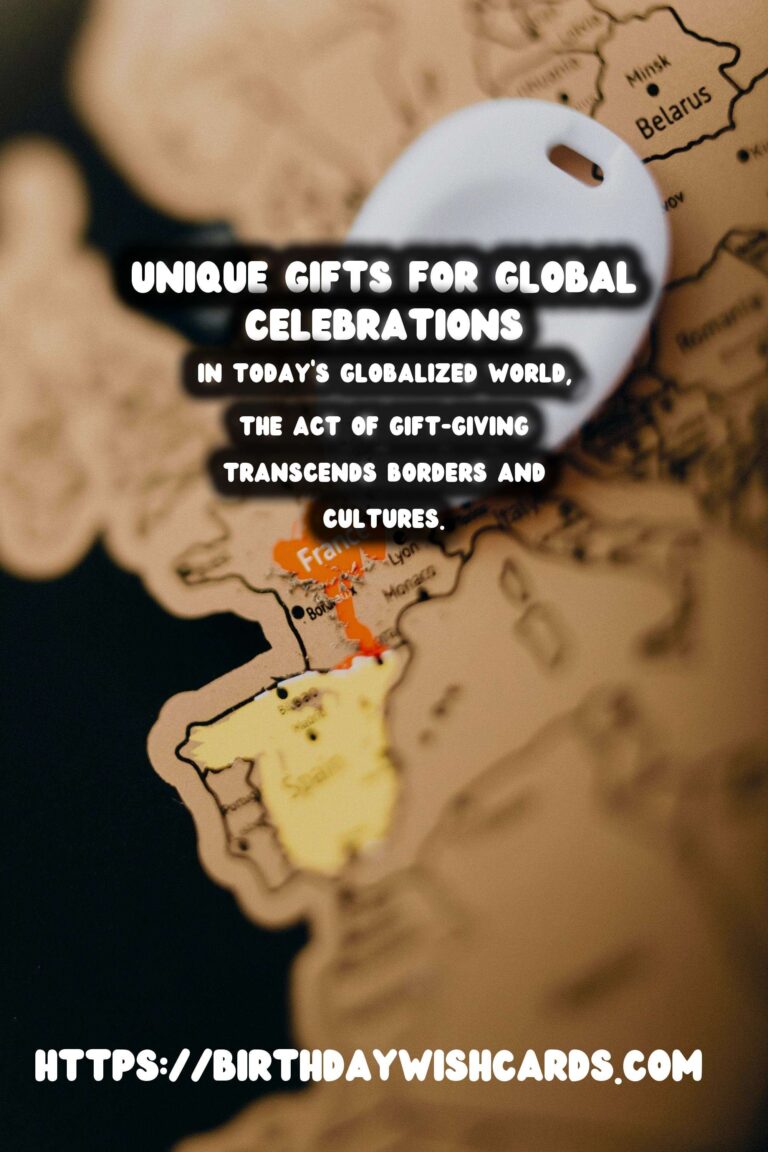How to Plan Religious Celebration Ideas That Spark Joy
How to Plan Religious Celebration Ideas That Spark Joy
Planning a religious celebration can be one of the most fulfilling experiences, as it brings family, friends, and community together in a spirit of joy and reverence. Whether you’re celebrating a holiday, an important religious milestone, or a community event, the key to success lies in careful planning and creativity. In this article, we will explore various ideas and tips to help you orchestrate a celebration that sparks joy among attendees.
1. Define the Purpose of Your Celebration
Before diving into the planning process, it’s essential to clearly define the purpose of your celebration. Are you observing a religious holiday, commemorating an important event, or creating an opportunity for community service? Understanding the motive allows you to tailor every aspect of the event to meet the goals of the celebration.
2. Gather a Planning Committee
Engaging others in the planning process not only lightens your workload but also injects fresh ideas into the mix. Consider forming a small committee comprised of enthusiastic community members who share similar values and visions for the event. This diverse group can provide insights, share responsibilities, and help ensure a successful gathering.
3. Choose a Theme
A unifying theme helps set the tone for your celebration. Themes can be based on traditional symbols, seasonal elements, or specific teachings from your religious background. For example:
- Light and Hope: For events during winter festivities.
- Harvest and Gratitude: For autumn celebrations.
- Peace and Reflection: During significant observances like Lent or Ramadan.
4. Set a Date and Venue
The next step is to choose the date and venue. Consider taking into account your community’s schedule, holidays, and any potential conflicts. The venue should comfortably accommodate your anticipated attendance while reflecting the significance of the gathering. Churches, community centers, or even outdoor parks can provide suitable backdrops.
5. Plan the Program of Activities
Design a program that embodies the spirit of joy. Include activities that cater to all ages, fostering a sense of belonging and enjoyment. Here are some ideas:
- Worship Services: Begin with a meaningful service to set the context for the celebration.
- Guest Speakers: Invite inspiring individuals from your community.
- Workshops: Organize workshops for skill sharing, like crafts or cooking traditional foods.
- Games and Activities: Include fun activities for children and adults alike.
6. Select Decorations
Decorations can enhance the celebration atmosphere beautifully. Use colors, symbols, and items that reflect your religious identity and theme. Handcrafted decorations can also involve community members in the process, making everyone feel more invested in the event.
7. Create Joyful Culinary Experiences
Food plays a crucial role in religious celebrations. Consider incorporating traditional dishes that have meaningful connections to your beliefs. You can organize potluck-style contributions to include diverse flavors and share cultural experiences. Additionally, ensure there are options for special dietary needs.
8. Promote Community Involvement
Encourage community participation through volunteer opportunities leading up to the event. This helps instill a sense of ownership and pride among community members, increasing the turnout and engagement levels during the celebration.
9. Incorporate Music and Art
Music and art can significantly uplift the atmosphere of any religious celebration. Consider hiring local musicians, community choirs, or even organizing talent shows. Art displays from local artists or children can further enrich the event by showcasing talent and creativity.
10. Plan for Reflection and Gratitude
Incorporating elements that promote reflection and gratitude can elevate the spiritual significance of the celebration. Encourage participants to share their thoughts and experiences through open mic sessions, prayer circles, or gratitude walls where individuals can write what they are thankful for.
11. Use Technology Wisely
If your community is tech-savvy, using social media and online platforms can enhance outreach efforts. Create an event page to share details, invite attendees, and post updates. Consider live streaming the event for those unable to attend in person.
12. Capture the Memories
Designate someone to capture photos and videos throughout the celebration. Documenting these moments serves as a beautiful reminder of the joy shared within the community, leaving a lasting impact. You can later compile these into a commemorative album or slideshow.
13. Evaluate and Learn for Future Events
After the event, take a moment to reflect on what went well and areas for improvement. Gather feedback from attendees to enhance future celebrations. Learning from each experience will help you grow in your planning and execution skills.
14. Conclusion
Planning a religious celebration that sparks joy is a rewarding endeavor that requires thoughtfulness, creativity, and community spirit. By incorporating these strategies and ideas, you can create a memorable event that uplifts all who participate. Never forget that the essence of a religious celebration lies in the connections we build and the joy we share with one another.
Planning a religious celebration can be one of the most fulfilling experiences.
Engaging others in the planning process not only lightens your workload.
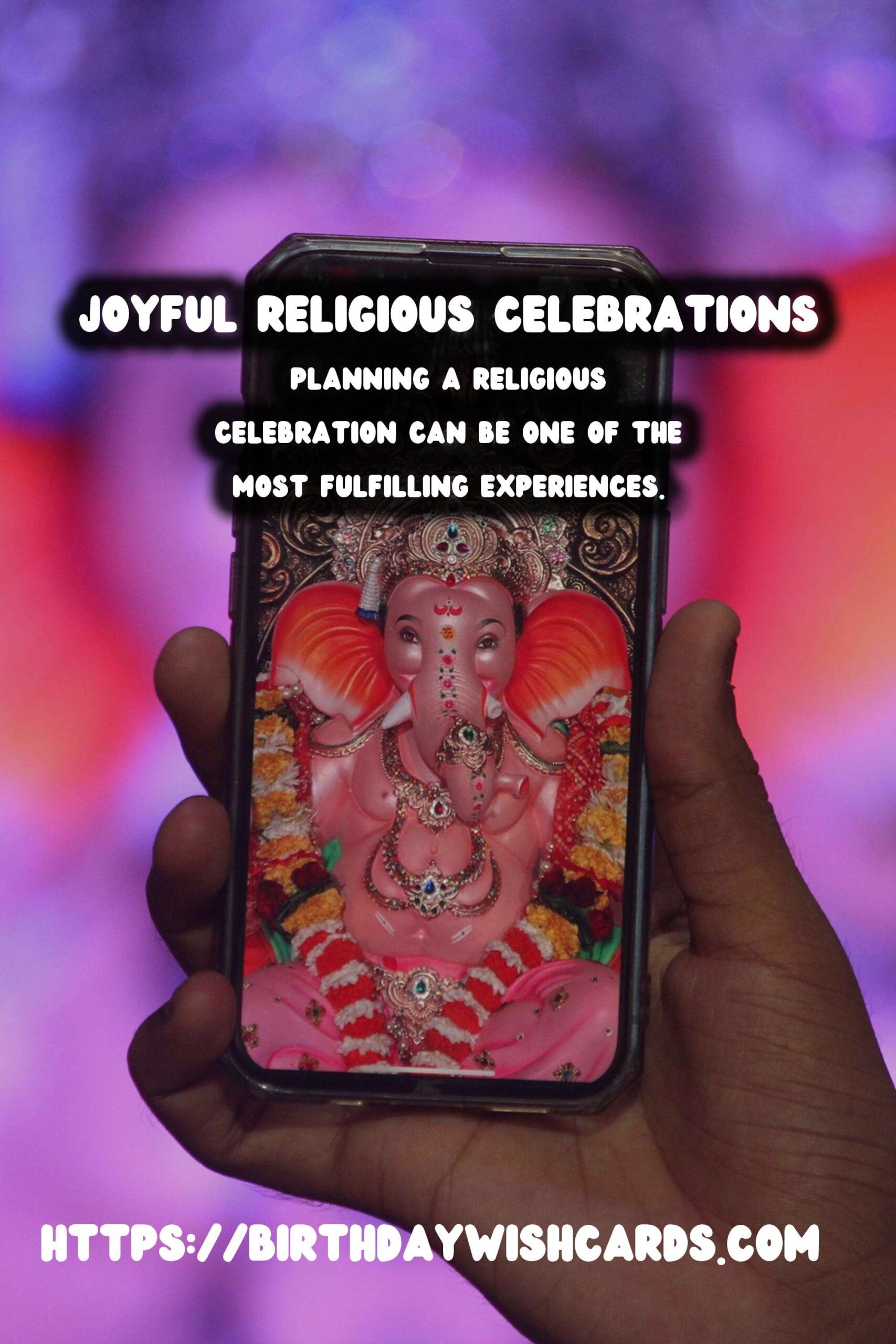
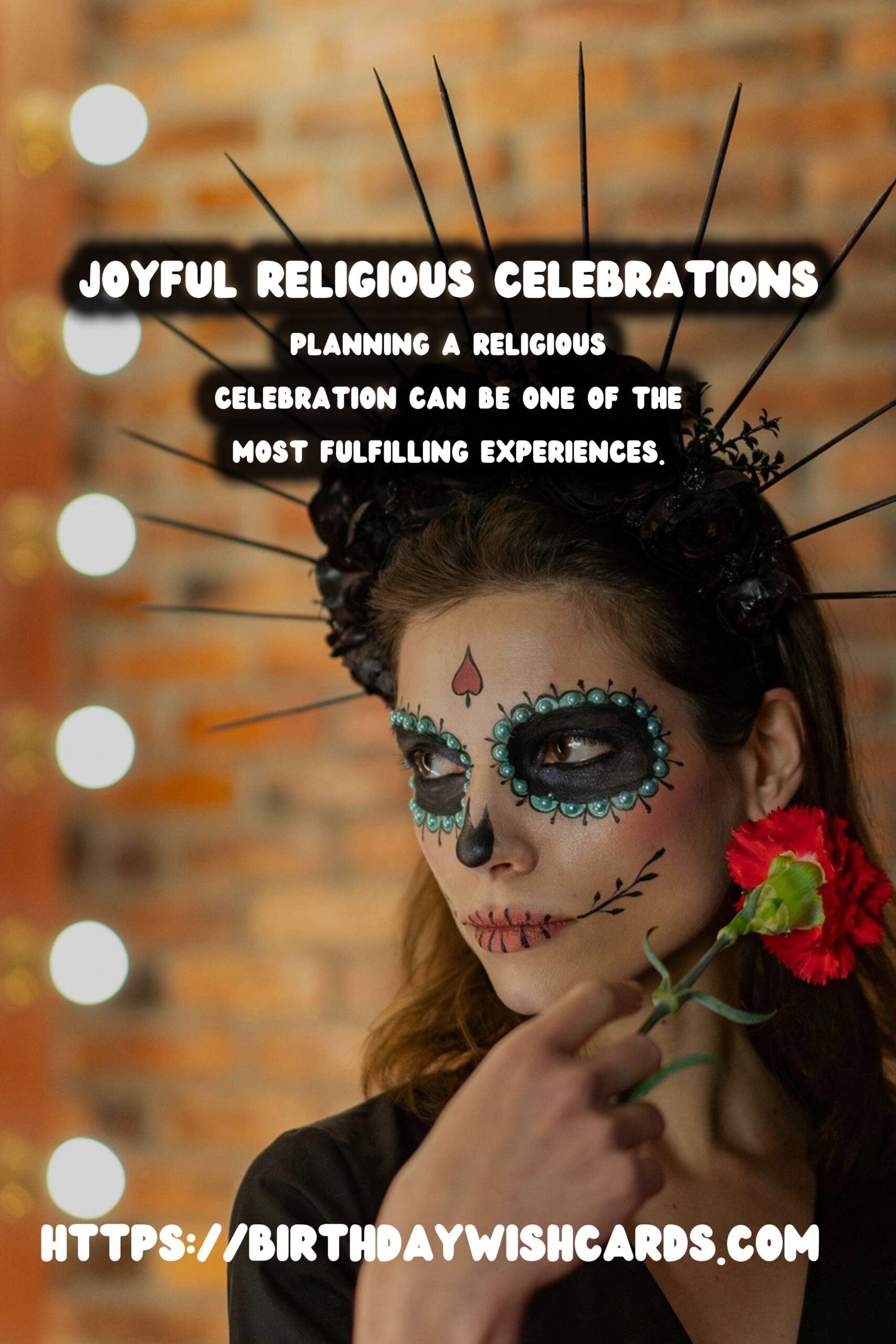
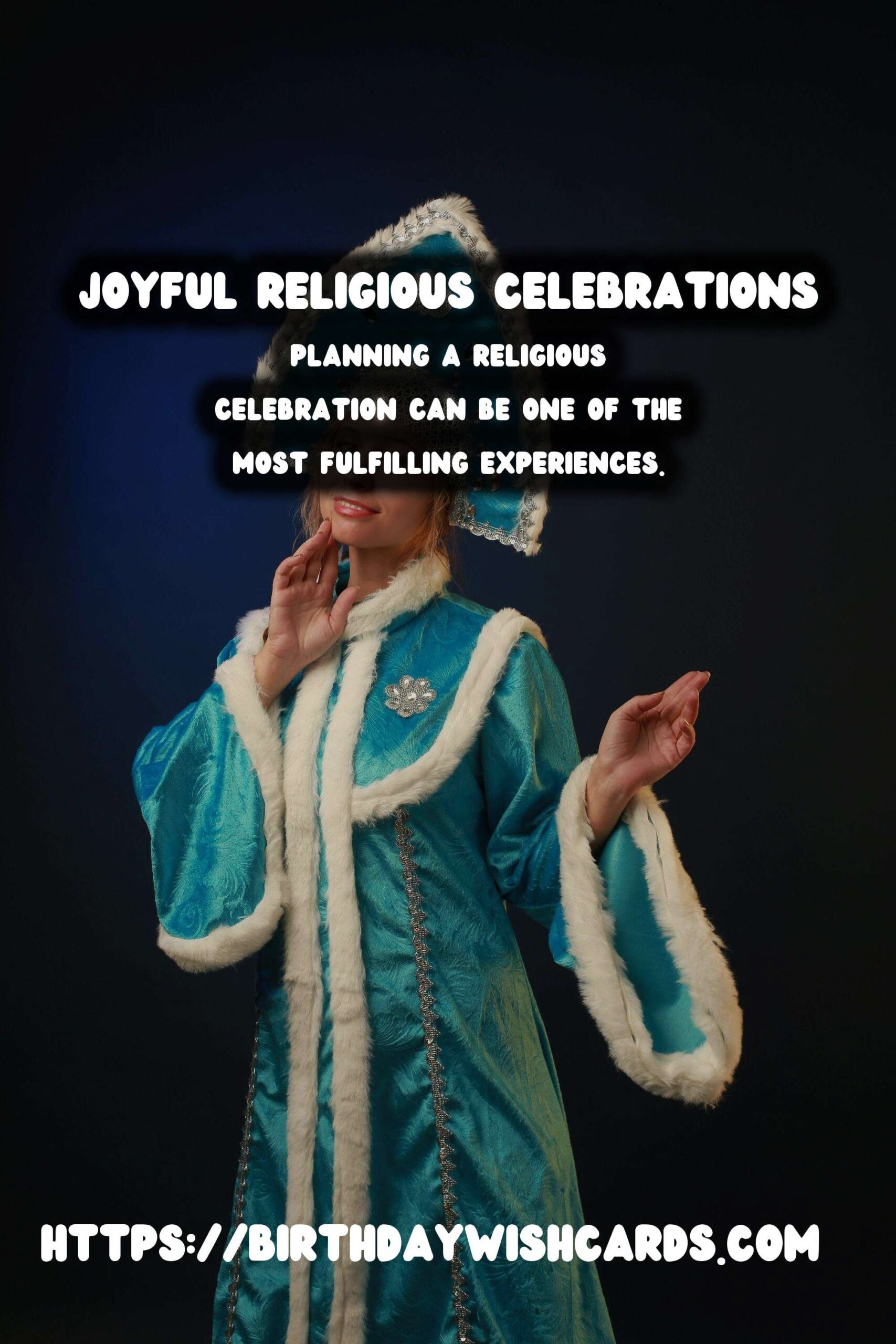
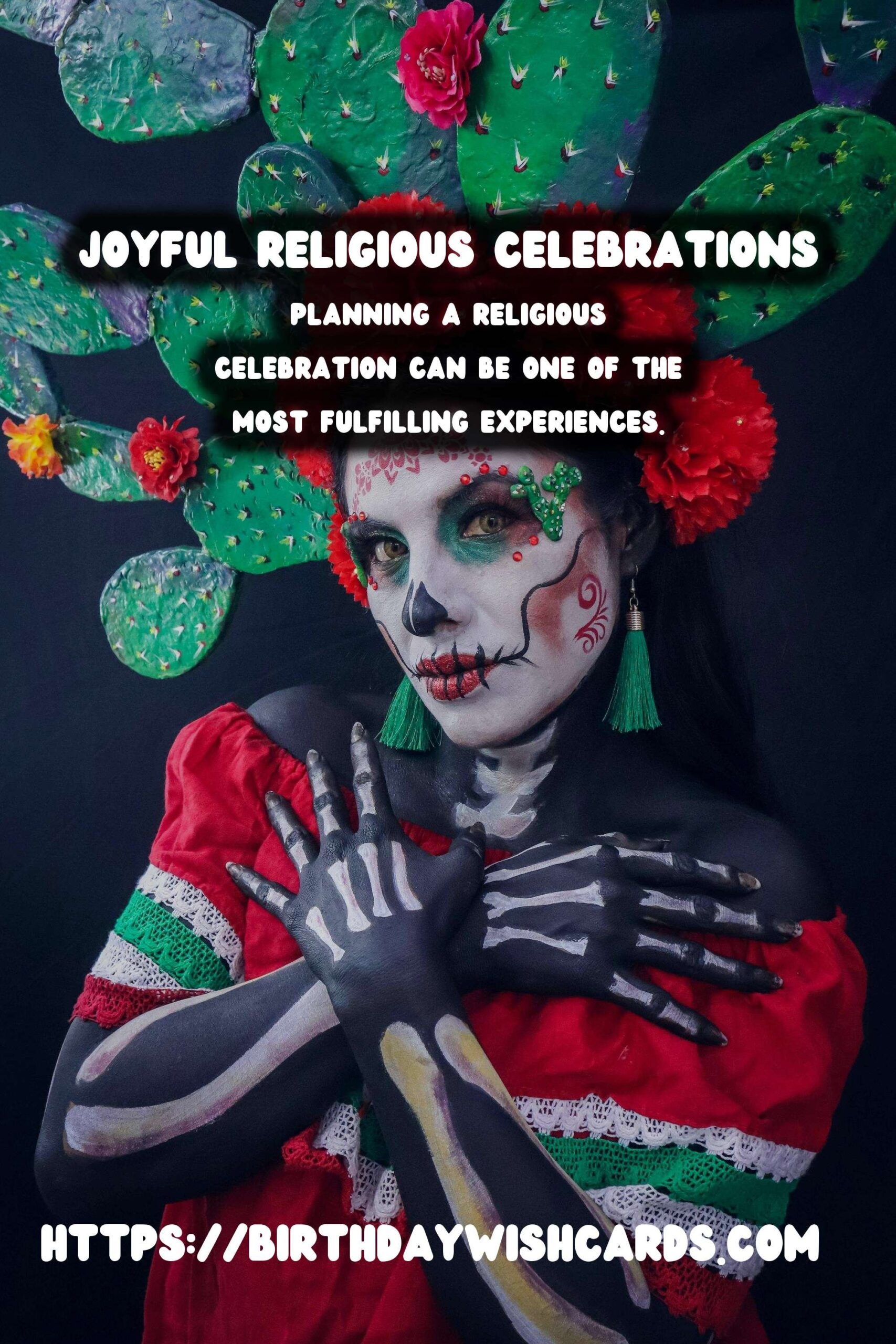


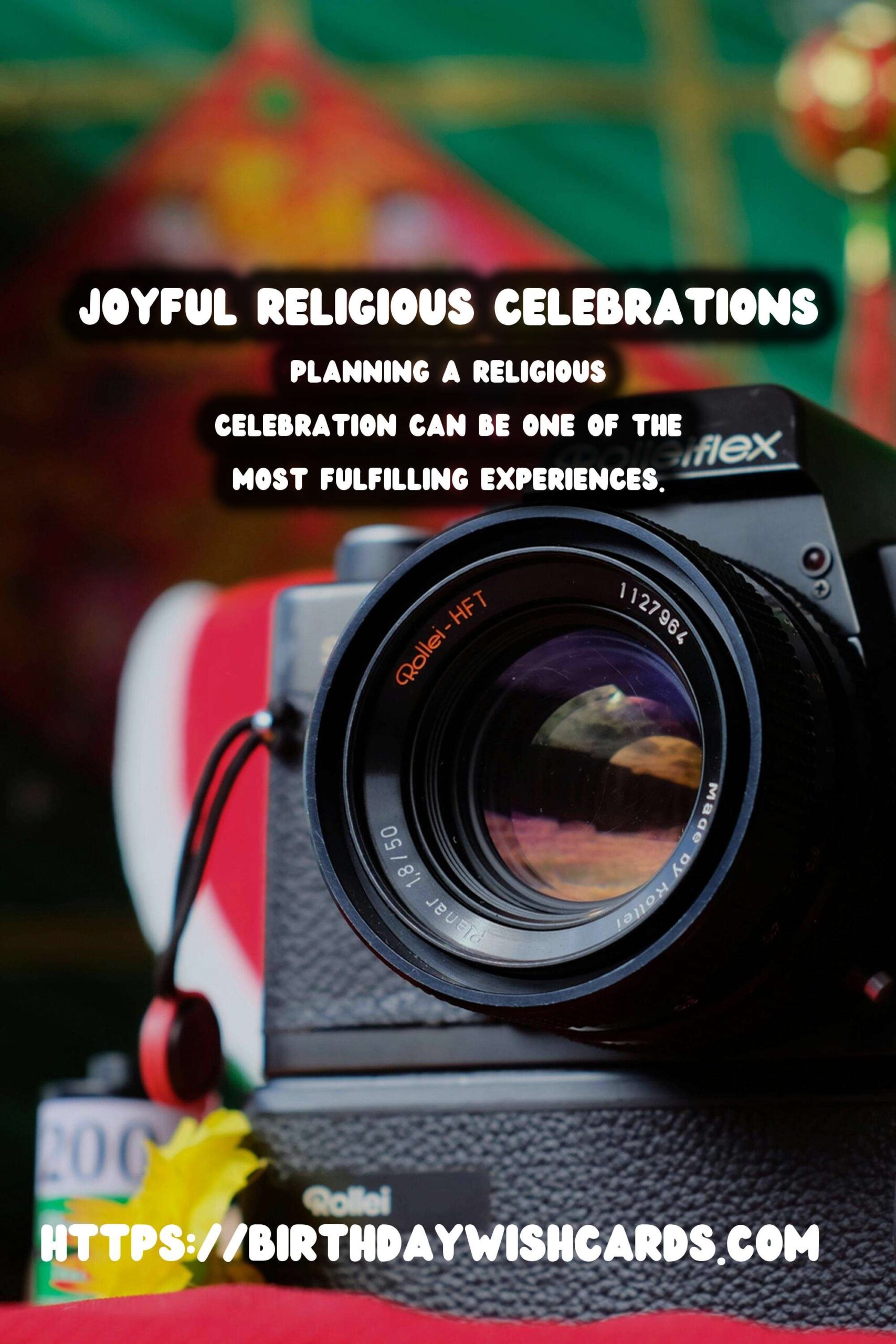
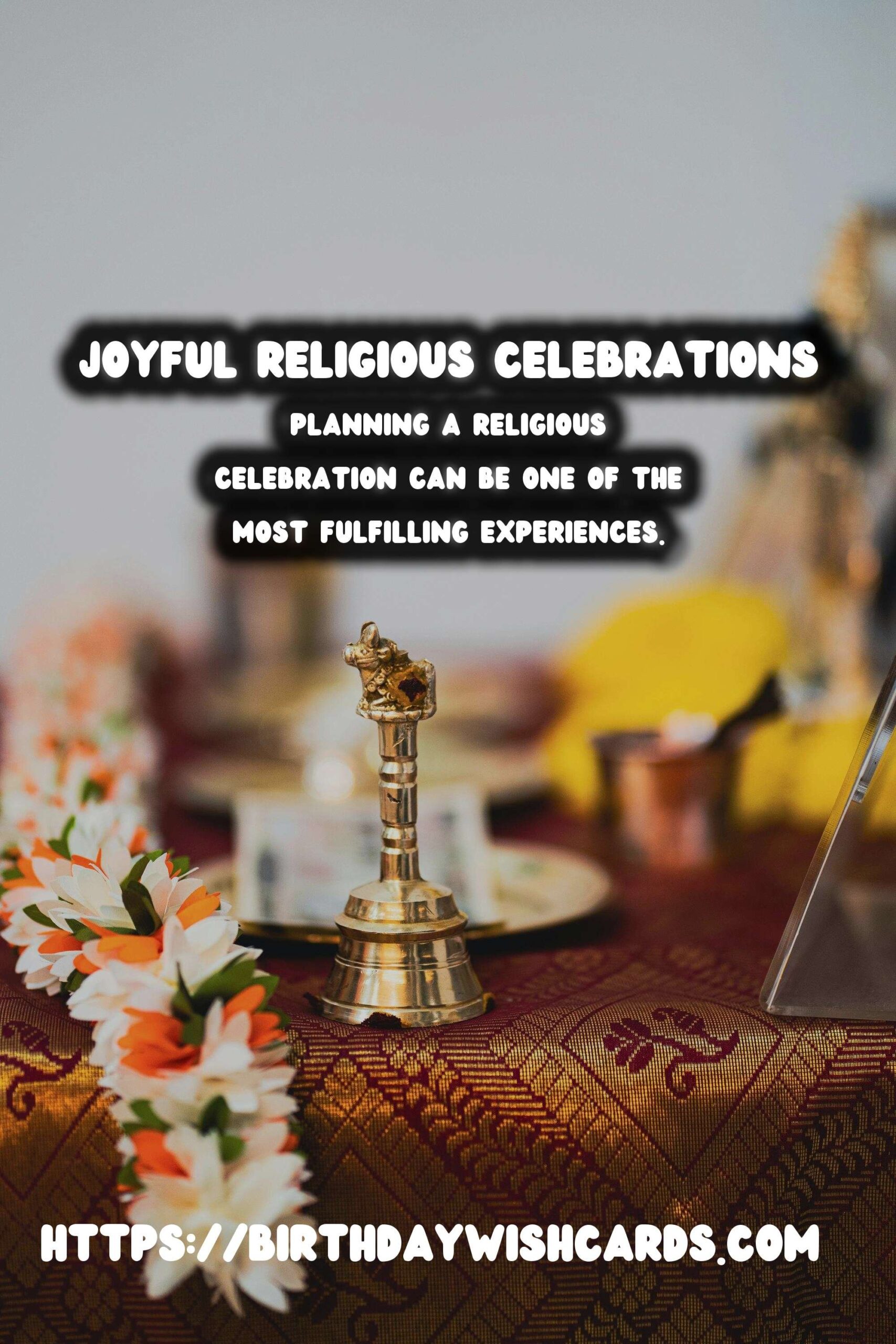

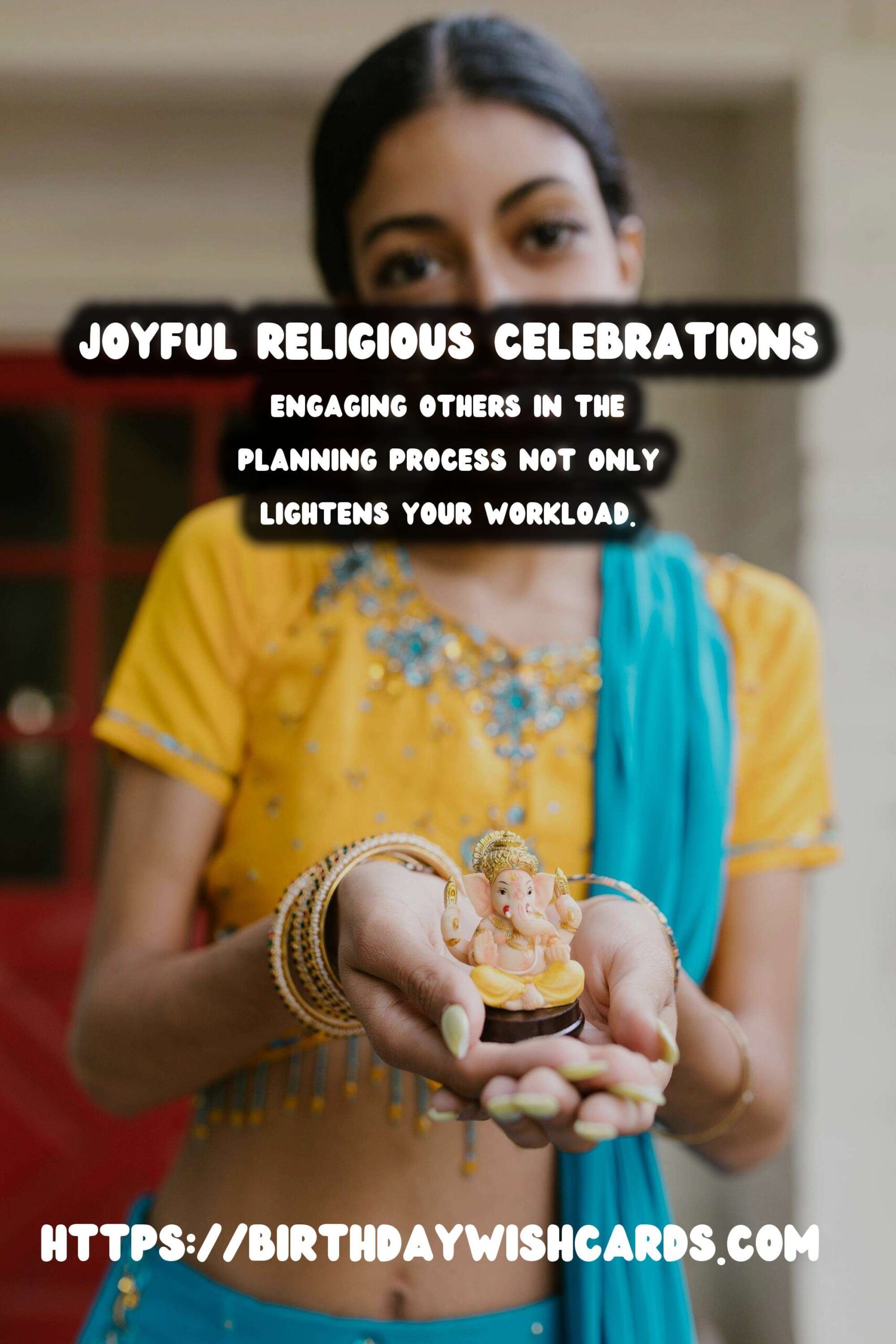
#ReligiousCelebration #JoyfulPlanning #CommunitySpirit




